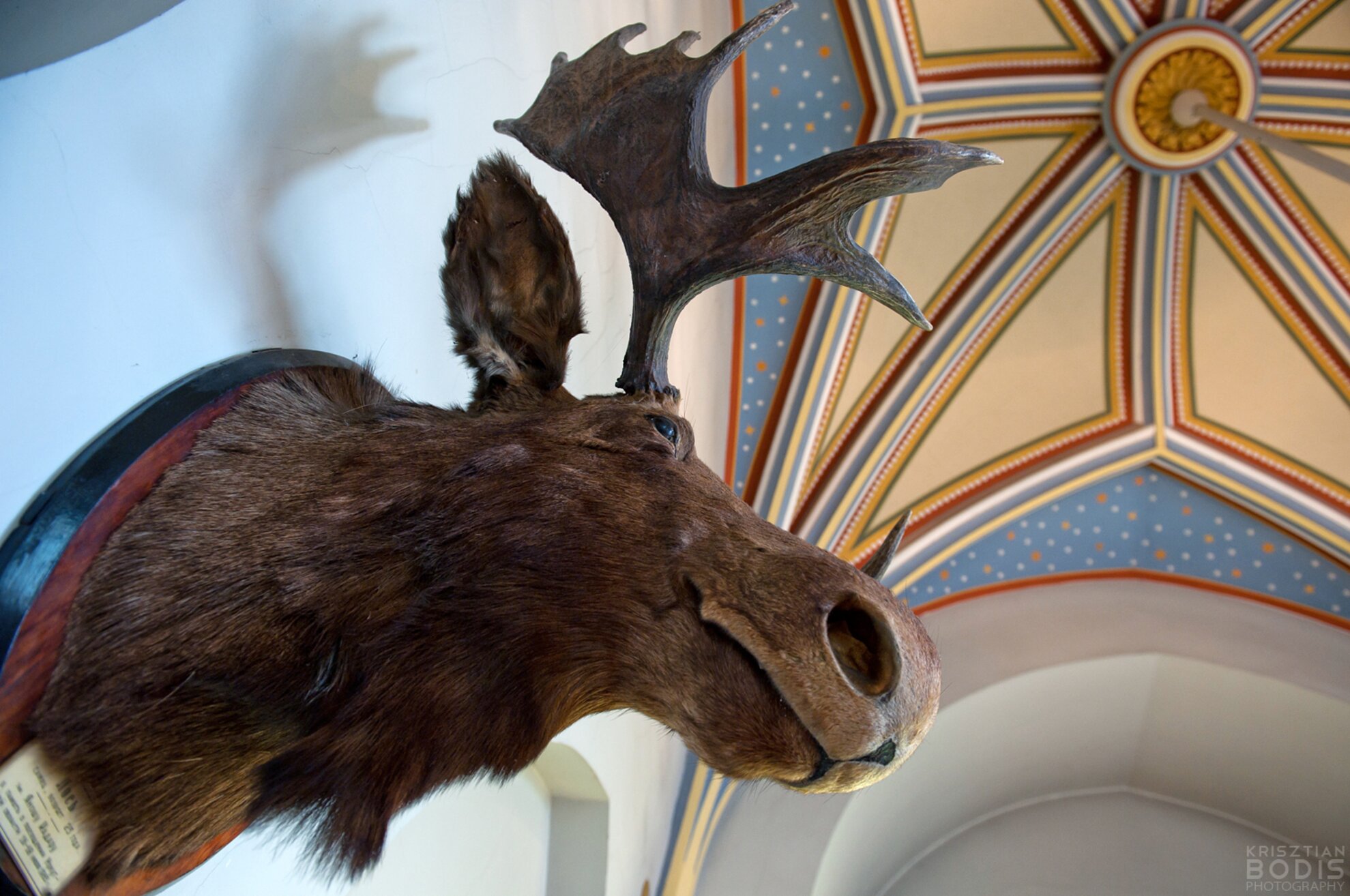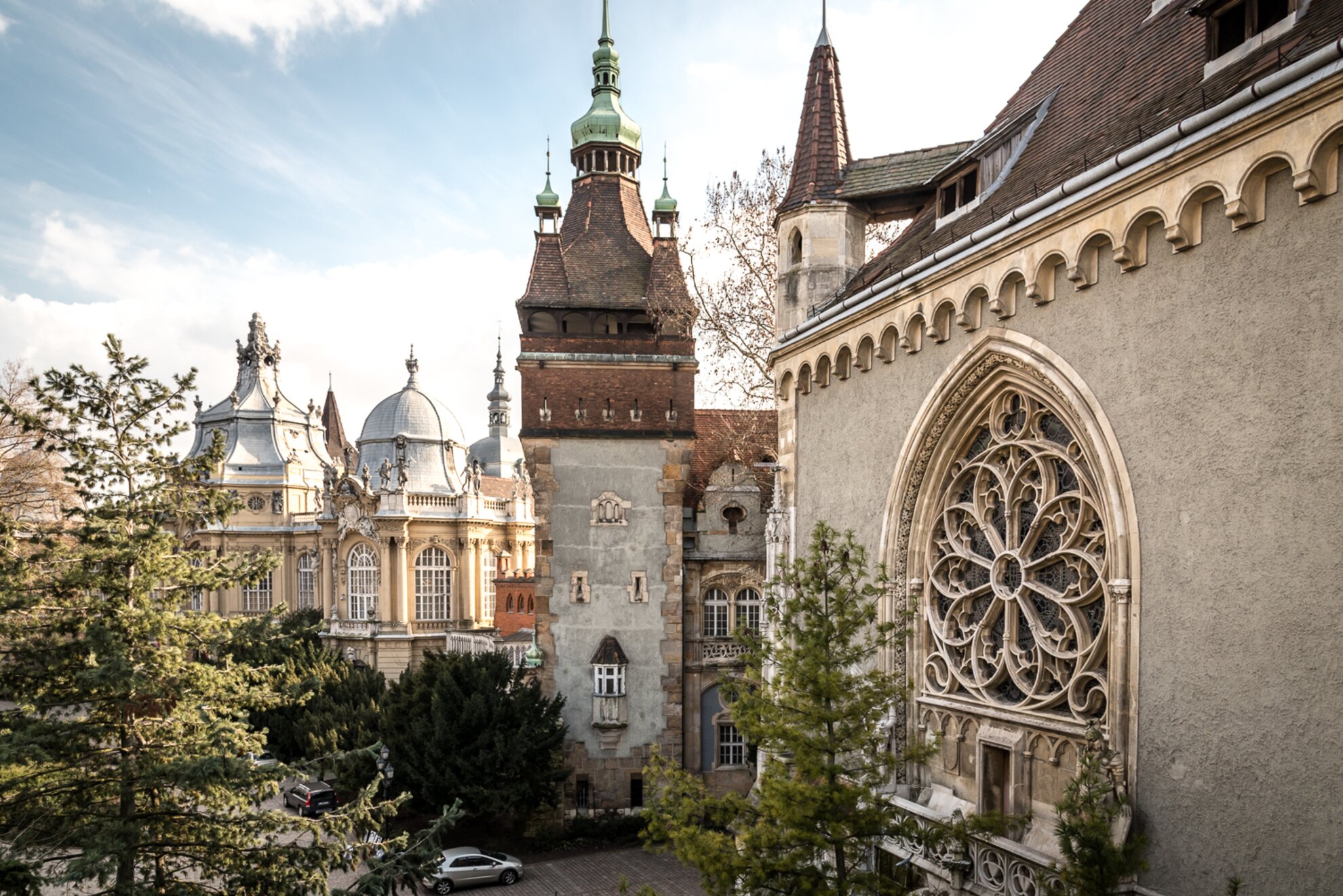One of Budapest’s lesser-known museums stands in one of the city’s most iconic buildings, Vajdahunyad Castle. The key figures behind both, founder of the Museum of Agriculture Ignác Darányi and architect Ignác Alpár, have recently been honoured in statue form – although the history of these likenesses is a tale in itself.

Alpár was the work of Ede Telcs and still stands along the path to
Vajdahunyad Castle in City Park, on the left side of the Vajdahunyad promenade.
Darányi's was not so lucky. It originally stood next to the museum, on the lake
side. Damaged during 1944, it was transported to a restoration yard after
the war, but was melted down in 1950 for ammunition, on Stalin’s orders.

In 2017, a copy of the original was recreated, then not placed in its original location, but near the museum entrance.
Given the various changes as part of the Városliget renewal project, it’s not yet clear what kind of changes will take place at the Museum of Agriculture once everything reopens.

Darányi signed the founding document for the Museum of Agriculture on 20 June 1896, asserting the “agricultural production and development in Hungary to be presented in a permanent and modern museum”.
Vajdahunyad Castle
The first Vajdahunyad Castle created in 1896 was a Millennial exhibit fashioned in wood and cardboard. Construction of permanent version in brick and stone began in 1904 and was completed in 1908, but the museum element had opened its doors in 1907.
Today, it has a serious collection of hundreds of thousands of objects, including some rarities – the first steam agricultural machine brought to Hungary in 1852, for example.

Threshing machines varieties that dominated the European market in the 19th century and between the wars are also here, as well as a display of skulls of grey cattle unique to Hungary. Handcrafted horse tools, hunting weapons and items related to Hungarian viticulture also feature.

Besides the history of agriculture from its beginning to 1945, separate sections illustrate hunting and forestry, pets, wine, fishing, domestic plants and environmental protection.

Like everywhere else, the museum is currently closed, of course. Some anniversary exhibitions are online but we shall have to wait until later in 2021 for a real idea of how it will look in the future.
Museum of Agriculture
District XIV. Városliget, Vajdahunyadvár



